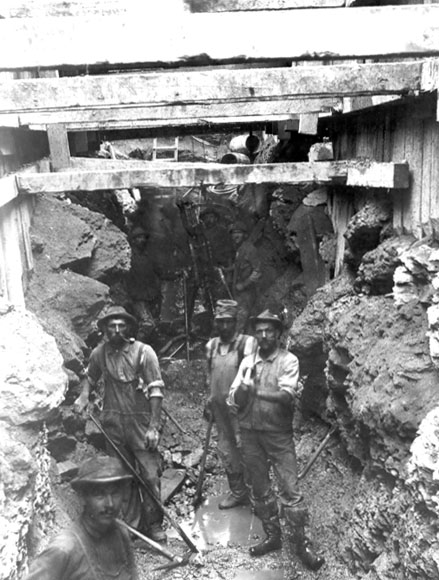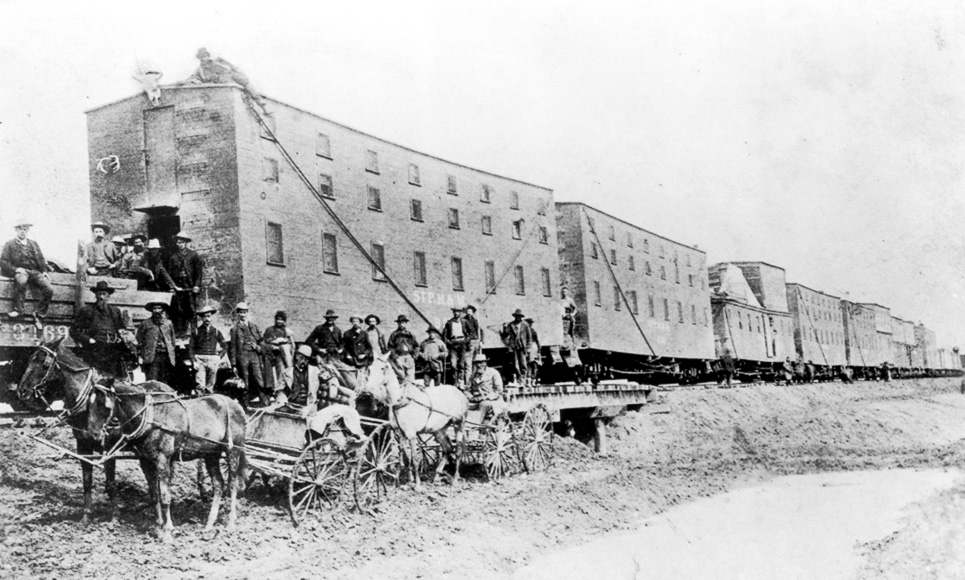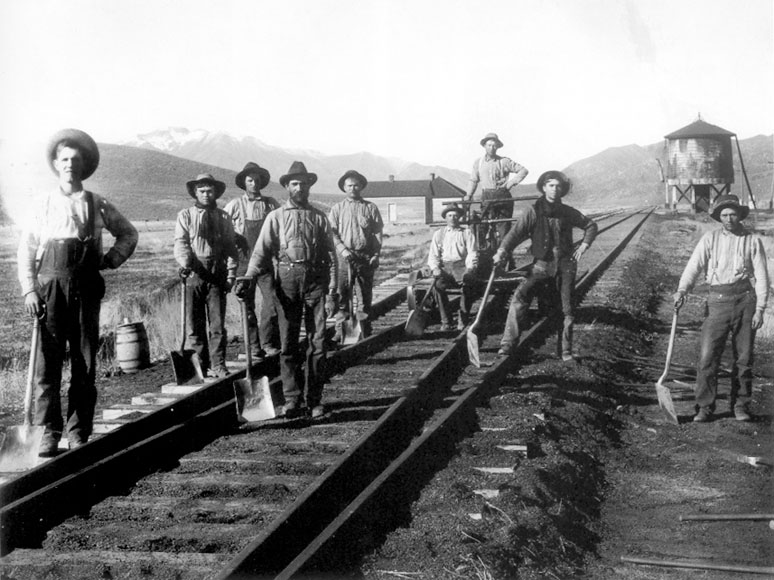The Irish in Ireland during the 1850's experienced a potato famine, due to their total reliance on the white potato. A fungus infiltrated the crops of the isle, killing many potatoes, and hence, Irishmen. The Irish immigrated to America in droves, inhabiting so-called "Irish Towns" in the slums of the Eastern cities, New York and Boston, especially. In '62, the plans for the Transcontinental Railroad finally were accepted by Congress, and the money and land was granted.



